Introduction
In the vast culinary landscape of global food, dumplings stand as a timeless and versatile delicacy that transcends cultural boundaries. From the savory gyoza of Japan to the hearty Russian pelmeni, and the delicate Chinese jiaozi, dumplings encapsulate the essence of comfort food in a bite-sized package. Among the myriad ways to prepare dumplings, frying them to a golden crispiness holds a special place for many. The art of frying dumplings not only enhances their flavor but also creates a delightful contrast between the soft, steamed interior and the crunchy, fried exterior. This guide aims to demystify the process and equip you with the knowledge and skills necessary to fry delicious dumplings at home.
Understanding Dumpling Types
Before diving into the frying process, it’s crucial to understand the different types of dumplings and their unique characteristics. Dumplings can broadly be categorized based on their filling, wrapper, and preparation method.

-
Fillings: Dumplings can be stuffed with a variety of fillings ranging from ground meat, seafood, vegetables, to even sweet ingredients like fruits and nuts. The choice of filling significantly impacts the final taste and texture of the dumpling.
-
Wrappers: The wrapper, typically made from flour and water dough, can vary in thickness and composition. Thinner wrappers result in more delicate dumplings, while thicker ones provide a heartier bite. Some recipes also incorporate other ingredients like potato starch or rice flour for added texture.
-
Preparation Methods: Dumplings can be boiled, steamed, baked, or fried. Each method yields a distinct texture and flavor profile. Fried dumplings, in particular, offer a unique combination of crispy exterior and moist interior that many find irresistible.
Choosing the Right Dumplings for Frying
When it comes to frying dumplings, not all types are created equal. Here are some considerations to make when selecting the right dumplings for frying:
-
Wrapper Thickness: Thicker wrappers are generally better suited for frying as they can withstand the high temperatures without bursting or becoming overly soggy.
-
Filling Moisture: Fillings with high moisture content can lead to steam pockets inside the dumplings, which can cause them to explode during frying. Opt for fillings that are well-seasoned and not overly wet.
-
Pre-Cooking: Some recipes recommend partially steaming or boiling dumplings before frying to ensure they are cooked through. This step is particularly important for larger dumplings or those with thick wrappers.
Essential Equipment and Ingredients
To fry dumplings successfully, you’ll need a few key pieces of equipment and ingredients:
-
Frying Pan: A heavy-bottomed, non-stick frying pan distributes heat evenly and prevents sticking.
-
Oil: Neutral oils like vegetable, canola, or peanut oil are ideal for frying as they have a high smoking point and neutral flavor. Avoid using olive oil, which has a lower smoking point and can impart a strong flavor.
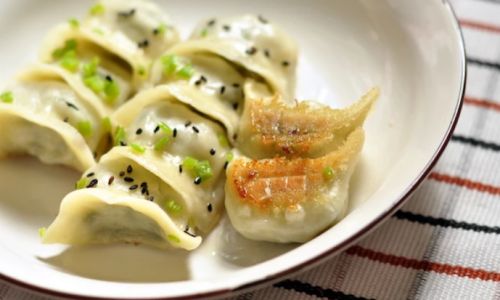
-
Spatula: A heat-resistant spatula is essential for flipping and removing the dumplings from the pan without breaking them.
-
Paper Towels: For draining excess oil after frying.
-
Dumplings: Freshly made or store-bought frozen dumplings can be used. If using frozen dumplings, ensure they are thawed slightly before frying.
Step-by-Step Guide to Frying Delicious Dumplings
Now, let’s dive into the detailed steps for frying dumplings:
Step 1: Preparation
-
Preheat the Pan: Place your frying pan over medium-high heat and pour in enough oil to cover the bottom of the pan by about 1/4 inch. Allow the oil to heat up until it reaches a temperature of around 350°F (175°C). You can test the readiness of the oil by dropping a small piece of bread into it; it should sizzle immediately.
-
Prepare the Dumplings: If you’re using freshly made dumplings, ensure they are sealed properly to prevent the filling from leaking out during frying. If you’re frying frozen dumplings, let them thaw slightly until they are no longer completely solid but still chilled.
Step 2: Frying
-
Add Dumplings: Carefully place the dumplings in the hot oil, ensuring they are not overcrowded. Overcrowding will lower the oil temperature and prevent the dumplings from frying evenly.
-
Fry Until Golden: Fry the dumplings for about 2-3 minutes on each side, or until they are golden brown and crispy. Use a spatula to gently flip them, being careful not to break them. If the oil is too hot, the dumplings may burn on the outside while remaining raw inside. Adjust the heat as necessary to maintain a consistent frying temperature.
-
Check for Doneness: To ensure the dumplings are cooked through, you can pierce one with a toothpick or fork. The internal temperature should reach 165°F (75°C) for meat fillings. If the dumplings are not fully cooked, you can reduce the heat and cover the pan for a few minutes to allow steam to finish cooking them.
Step 3: Draining and Serving
-
Drain Excess Oil: Once the dumplings are golden and crispy, use a spatula to transfer them to a plate lined with paper towels to drain excess oil.
-
Serve Hot: Serve the fried dumplings immediately while they are still hot and crispy. You can garnish them with chopped green onions, sesame seeds, or a drizzle of soy sauce to enhance their flavor.
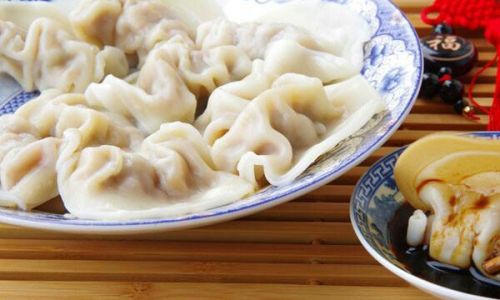
Optional Steps for Enhanced Flavor
-
Steam-Fry Method: For a combination of crispy and steamed textures, you can try the steam-fry method. After adding the dumplings to the hot oil, pour in a small amount of water (about 1/4 cup) into the pan, cover immediately with a lid, and let it steam for about 2-3 minutes. This allows the dumplings to cook through while the bottom gets crispy. Remove the lid, increase the heat, and let the remaining water evaporate, then continue frying until golden brown.
-
Sauce Dipping: Serve the fried dumplings with a dipping sauce made from a mixture of soy sauce, rice vinegar, sesame oil, garlic, and chili oil to taste. This adds an extra layer of flavor and enhances the overall eating experience.
Troubleshooting Common Issues
Even seasoned cooks may encounter issues when frying dumplings. Here are some common problems and solutions:
-
Dumplings Sticking to the Pan: Ensure your pan is hot enough before adding the dumplings and that you’re using a non-stick surface. If the dumplings still stick, try adding a bit more oil or using a bit of flour or cornstarch to dust the dumplings lightly before frying.
-
Dumplings Bursting Open: This can happen due to high moisture content in the filling or if the oil temperature is too low. Ensure the filling is not overly wet and maintain a consistent frying temperature.
-
Uneven Cooking: Overcrowding the pan can lead to uneven cooking. Fry the dumplings in batches to ensure they have enough space to cook evenly.
Conclusion
Frying dumplings is an art that combines precision, patience, and a love for culinary experimentation. By following the steps outlined in this guide, you’ll be able to create crispy, golden, and delicious fried dumplings that will delight your family and friends. Remember, the key to success lies in maintaining the right oil temperature, using the appropriate equipment, and selecting the right type of dumplings for frying. With practice, you’ll soon master this technique and be able to improvise, adding your own unique twists and flavors to make each batch your signature dish. Happy frying!
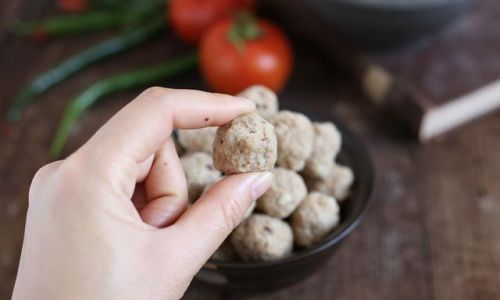
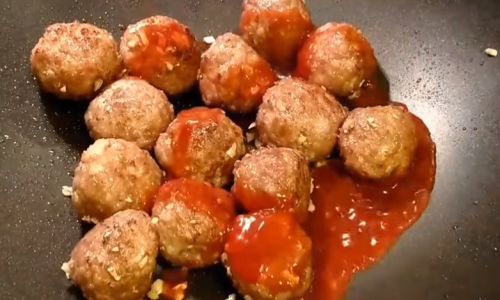
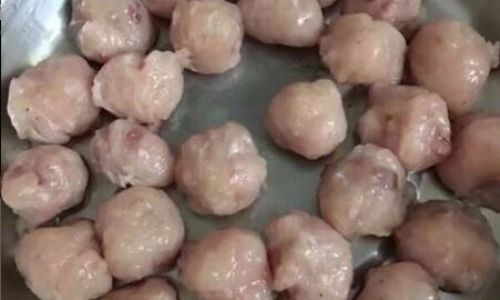
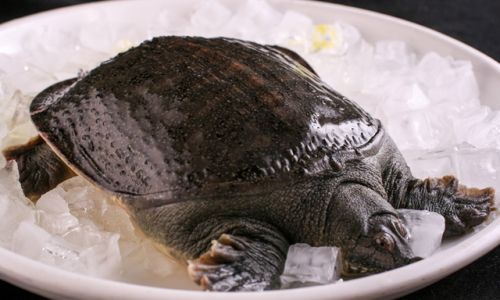
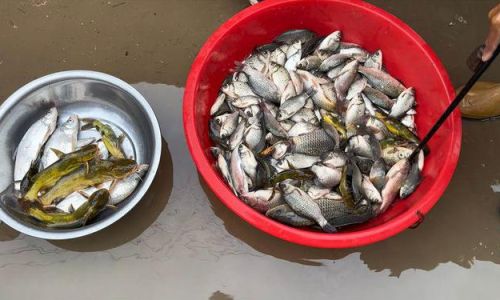
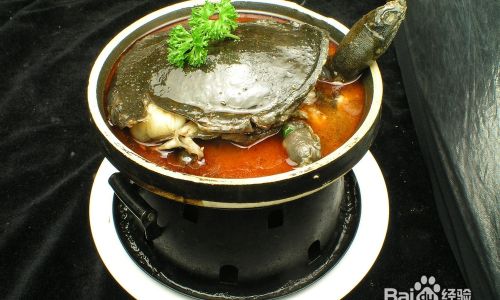
0 comments